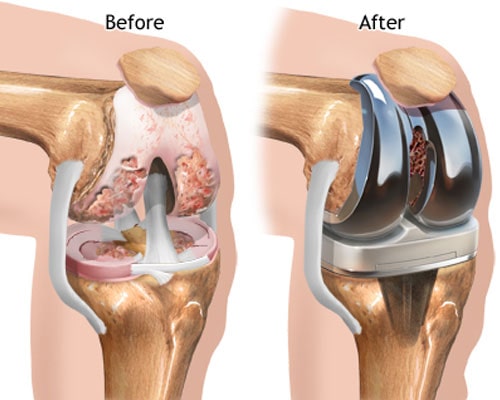
Arthroscopy (also called arthroscopic surgery) is a minimally invasive surgical procedure on a joint in which an examination and sometimes treatment of damage is performed using an Arthroscope, an instrument that is inserted into the joint through a small incision.
Arthroscopic procedures can be performed to evaluate or treat many orthopedic conditions including torn cartilage and ligaments in the knee, anterior cruciate ligament (ACL) reconstruction, tears in the rotator cuff of the shoulder, labrum tears in the shoulder joint causing recurrent dislocation of the shoulder.
The advantage over traditional open surgery is that the joint does not have to be opened fully. For most arthroscopic procedures, only two or three small incisions are made, one for the arthroscope and one or two for the surgical instruments to be used in the affected joint. This reduces recovery time and may increase the rate of success due to fewer traumas to the supporting connective tissue.
The surgical instruments are smaller than traditional instruments. Surgeons view the joint area on a video monitor and can diagnose and repair torn or injured joint tissue relatively quickly and precisely. It is technically possible to do an arthroscopic examination of almost every joint, but it is commonly used for the knee, shoulder, hip, elbow, wrist, and ankle.